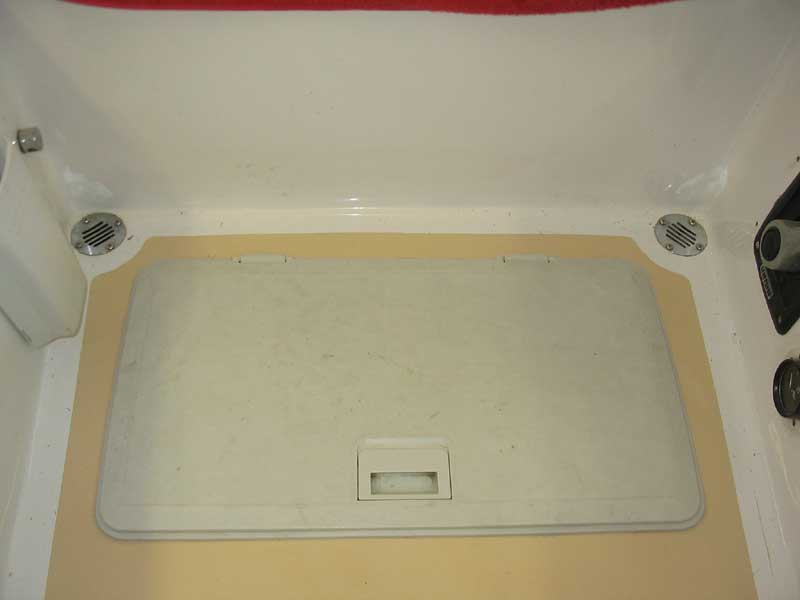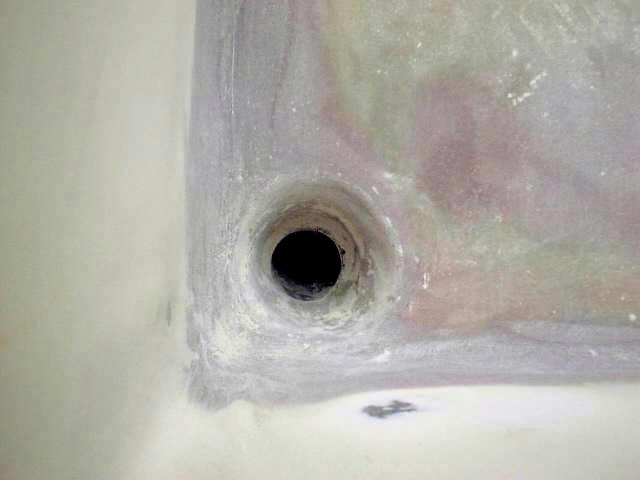Figment wrote:So, Tim the Trailblazer, with the hindsight of a season's use on these scuppers, are you pleased?
How about the seat and side deck drains? Are you happy with them discharging into the cockpit?
Yes, I am pleased on both counts. It's been two sailing seasons and one season on the hard since I installed this system.
At its best, the fiberglass porcupine-like drain arrangement beneath the cockpit is tenuous. At worst, it's downright weak and dangerous (like mine was). Removing the old setup and putting in some real scuppers was an excellent decision that I only wish I had done during the initial project push, rather than a couple years later.
The deck drains that lead to the cockpit have been successful. Since the outlets are located directly above the main suppers, the discharge is of minimal irritation value. Frankly, when water comes through those drains, the cockpit is already wet, whether from rain or seas, so the extra water is not a bother in the slightest. When sailing with the rail under, water will enter the cockpit from the submerged deck drain--but water already does that through the lee cockpit scupper anyway. It's not like Tritons are every dry boats once the wind pipes up. The discharge from the deck scupper remains confined to the very forward end of the cockpit. I really haven't found that I even notice it happening.
It's a simple, straightforward installation, and the hose runs are short and easily downhill all the way.
You might find that you can fit a seacock beneath the existing outlets and make it work, especially if you use the pre-formed radiator hose like I finally did. (It took 3 years for me to reach that point of eye-openness and acceptance.) But be sure your fiberglass scupper tree is truly in good shape. I thought mine was better initially, but I discovered it was actually a horror show once I started cutting it away. That said, I really like the installation I ended up with, and would recommend it without reservation to those who are so inclined.



